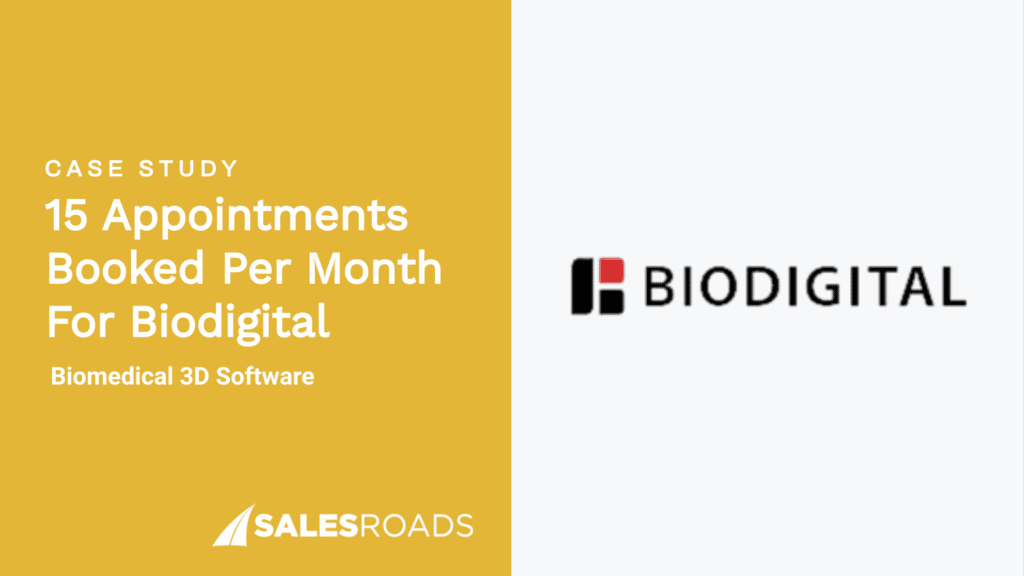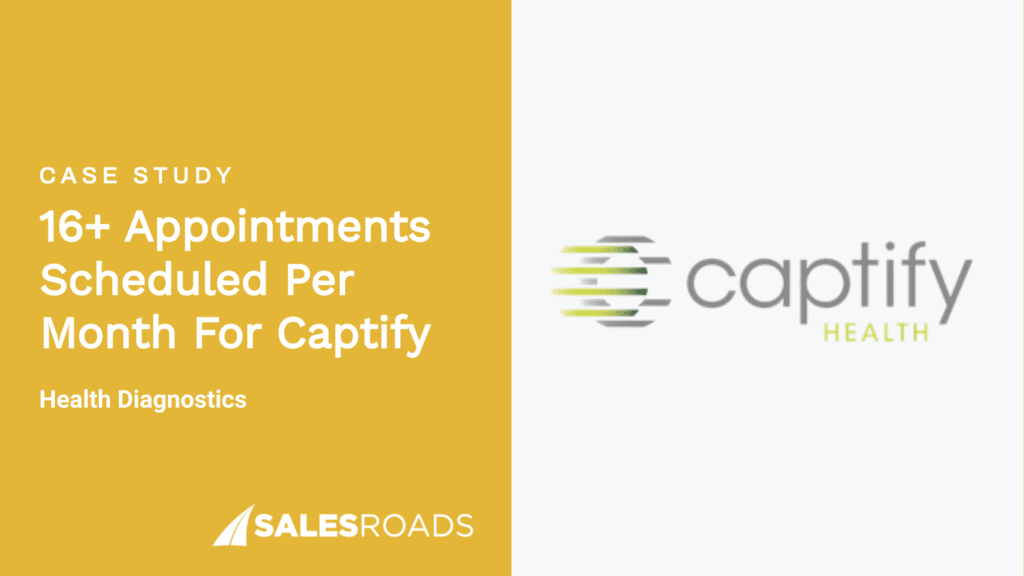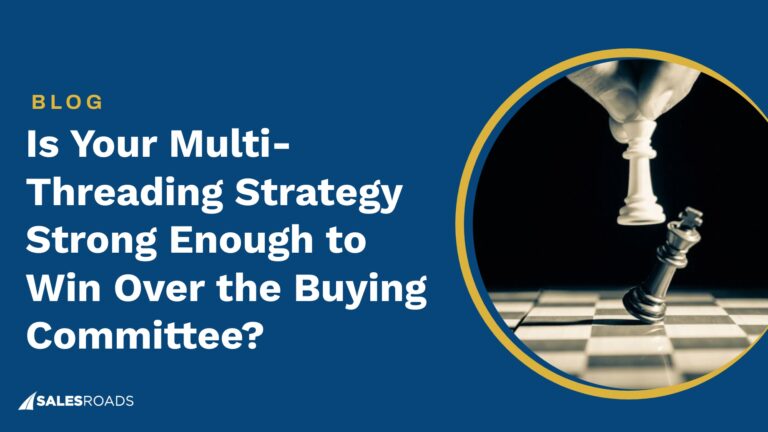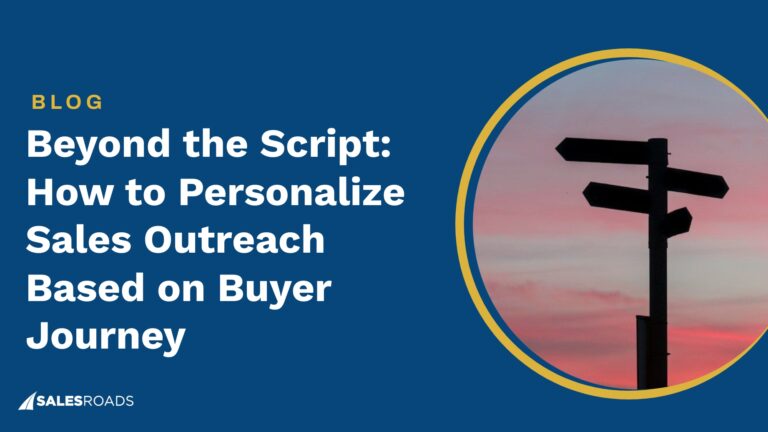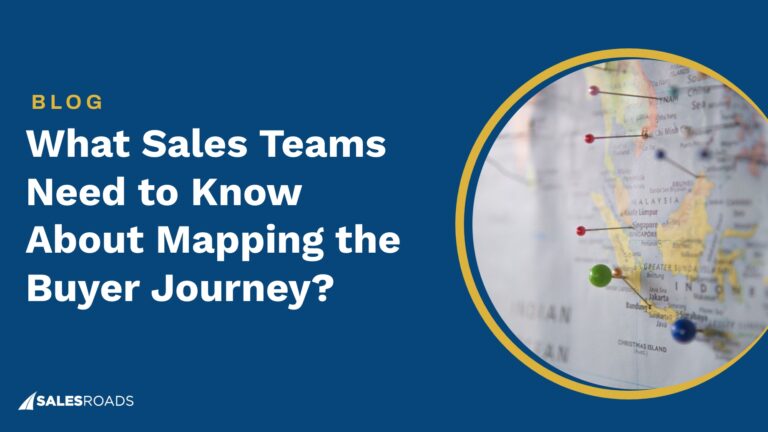If your sales reps are chasing leads that never convert or spending too much time figuring out who to contact next, it’s probably time to rethink your lead segmentation strategy.
Lead segmentation isn’t just a buzzword—it’s a practical way to segment leads based on criteria like industry, company size, buying behavior, or stage in the sales funnel. The goal is to help your team prioritize the right leads, personalize their outreach, and close more deals faster.
What Is Lead Segmentation?
Not every lead should be treated the same way. Some are ready to buy. Others are just browsing. Some leads will never convert—at least not in the near future. In fact, 73% of leads are not ready to make a purchase upon first interaction. That’s why lead segmentation is so important.
Lead segmentation is the process of dividing your leads into smaller, defined groups based on shared characteristics. By segmenting leads, your sales team can tailor outreach and follow-up strategies that are relevant, timely, and more likely to drive results.
Whether you’re sending cold emails, making discovery calls, or building out nurturing campaigns, segmentation helps you prioritize the right opportunities and reduce wasted effort.
It’s not just a way to stay organized. It’s a strategic move that boosts conversion rates and improves ROI across the funnel.
Key Criteria for Lead Segmentation
B2B lead segmentation needs to reflect how companies buy, who makes the decisions, and whether they’re a good fit for your solution.
Below are five high-impact lead segmentation strategies sales teams should focus on.
Industry and Vertical Segmentation
One of the most effective ways to segment leads is by industry or vertical. Because a rep selling into a healthcare company faces different challenges than a rep calling into a manufacturing firm. That means your outreach, messaging, and even your product positioning should change based on the vertical you’re targeting.
For example, if you’re offering compliance software, your message to a financial services firm will center around regulatory risk and audit readiness. But for the SaaS industry, you might focus more on automation and ease of use.
Segmenting leads by industry allows sales teams to ramp up faster, deliver relevant messaging, and tap into proven use cases.
Company Size and Revenue Segmentation
Not all businesses operate at the same scale. Selling into a 10-person startup looks very different from selling into an enterprise. That’s why it’s important to segment leads based on company size, annual revenue, or employee count.
Smaller companies often have shorter sales cycles and fewer stakeholders. But they may have limited budgets. Larger companies take longer to close but can offer bigger deal sizes and long-term value.
B2B companies can also use this segmentation to tailor outreach. SMBs may respond better to a value-packed, no-nonsense message, while enterprise targets might require more layered messaging, account mapping, and executive-level outreach.
Buyer Role and Decision-Making Power
In B2B, you’re not just selling to a company—you’re selling to people within that company. That’s why segmenting based on buyer role and decision-making authority is critical.
For example, a VP of Finance and an IT Manager might both influence a buying decision, but they care about very different things. The VP wants to reduce risk and cost. The IT Manager wants easy integration and reliable support.
By segmenting leads based on job titles, functions, or seniority levels, your sales team can speak to what actually matters to each stakeholder.
Better alignment with buying roles = better meetings, smoother sales cycles, and fewer stalled deals.
Technographic Segmentation
Technographics refers to the technology stack a company is using—CRM, ERP, security tools, data platforms, and more. For many B2B solutions, especially in SaaS or IT, understanding a lead’s tech environment is a game-changer.
That’s exactly why SalesRoads runs Market Research Lead Generation campaigns. We confirm demand before scaling your sales by reaching out to your ideal prospects, testing messaging, and uncovering real purchase drivers to minimize risk before investing in full sales efforts.
With all the survey data, you gain insights into your ICP, such as the most critical factors influencing their purchasing decisions, which competitor tools they’re currently using, their readiness to switch solutions, or budget considerations and decision-making timelines.
By integrating technographic data with these insights, you can tailor your outreach strategies more effectively, ensuring that your sales efforts resonate with the specific technological needs and preferences of each segment.
Sales Readiness or Buying Stage Segmentation
Segmenting based on where a lead is in the buying journey helps your team respond with the right level of urgency—and the right kind of messaging.
For example:
- Early-stage leads may need educational content or light-touch outreach.
- Mid-stage leads might benefit from case studies or comparison guides.
- Late-stage leads are ready for ROI discussions, demos, or proposals.
This segmentation helps prioritize follow-up and allocate SDR resources efficiently. You don’t want your team burning cycles on cold leads while hot ones go untouched.
Segmenting by sales readiness ensures your pipeline stays warm, your timing is sharp, and your close rate improves.
Benefits of Lead Segmentation
Lead segmentation is a game-changer for B2B companies looking to increase efficiency, drive more qualified conversations, and close deals faster.
Here’s how your business benefits when you segment leads with intention:
Higher Conversion Rates
Segmenting leads helps your team tailor their outreach. When your messaging speaks directly to a lead’s industry, role, or challenge, it lands better and gets more responses.
Instead of blasting generic emails, your reps can address specific concerns that resonate with that segment. It makes your outreach feel less like a pitch and more like a relevant solution.
And that level of personalization can significantly improve reply rates and lead to opportunity conversions.
More Productive Sales Teams
When you segment leads by factors like company size, tech stack, or deal potential, your team spends less time guessing and more time closing.
Reps know who to target, what to say, and when to engage. They’re not chasing poor-fit accounts. They’re focused on the leads most likely to convert. This type of targeting helps sales teams deliver results faster, making every dial and email count.
Faster Sales Cycles
Segmenting leads by their stage in the buying process helps you avoid mismatched outreach. A lead that’s ready to buy shouldn’t get an awareness-level message.
When your team knows where each lead stands—whether they’re just researching or actively evaluating solutions—they can respond with the right message at the right time.
That keeps deals moving and shortens the time from first touch to closed-won.
Better Personalization at Scale
Lead segmentation unlocks a scalable way to personalize outreach without creating one-off campaigns for every contact.
When your leads are grouped by common traits—like industry or job function—you can create sales pitches that speak to shared pain points. It’s more efficient than writing from scratch, and it still feels personal to the recipient.
Smarter Data and Analytics
Segmentation adds structure to your CRM and reporting.
Instead of analyzing all leads as a single group, you can track performance by segment. Which vertical has the highest close rate? Which company size is most profitable? Which roles respond fastest to outreach?
This kind of data helps you make smarter decisions, like where to invest budget, which segments to expand, or how to shift your outbound strategy.
How to Segment B2B Leads Effectively?
Lead segmentation isn’t a one-size-fits-all strategy. The way you segment leads should depend on your business goals, your target market, and the type of data you have available.
Here are practical methods to help you choose and apply the right lead segmentation strategy for your business:
Choose Segmentation Criteria That Align With Your ICP
Your ICP should be the foundation of how you segment leads. Look at the traits of your best customers—industry, company size, role, pain points—and work backwards.
Start by identifying the most common patterns among your top-performing accounts. Do most of them belong to a specific industry? Use a certain technology? Operate in a particular region?
Aligning your segmentation criteria with your ICP helps you focus on leads that are more likely to convert and stay long-term.
It’s one of the most effective ways to turn segmentation into revenue.
Use Data You Already Have to Start Segmenting Leads
You don’t need to build a perfect data model to get started. Use what’s already available in your lead management software or past campaign reports.
If you’re working with a sales outsourcing partner, share what you know about your top segments. They can help you organize that data and apply it to new outreach campaigns.
Look for information like:
- Past response rates by industry
- Deal size by company headcount
- Engagement levels by job function
This helps you segment leads quickly and build momentum without overcomplicating the process.
Test and Refine Your Segments Over Time
Markets change, your product evolves, and customer needs shift. What works well today might not deliver the same results in six months.
Start with a few focused segments, then track how they perform. If one segment converts better than expected, lean into it. If another underperforms, adjust your messaging or regroup your criteria.
Keep an open mind. You might find that a mid-sized company in an overlooked industry is more ready to buy than the enterprise lead you thought was perfect.
Align Your Messaging and Outreach Strategy to Each Segment
Once you segment leads, your messaging should follow suit. Each segment deserves its own approach because each one has different challenges, needs, and buying triggers.
For example, the message that works for IT directors at enterprise firms won’t land the same way with operations leaders at mid-market companies.
Bottom Line
Lead segmentation helps you focus on the prospects that matter most. When you understand who your leads are, where they stand in the buying process, and what they actually need, you can prioritize your time, tailor your message, and drive better outcomes.


